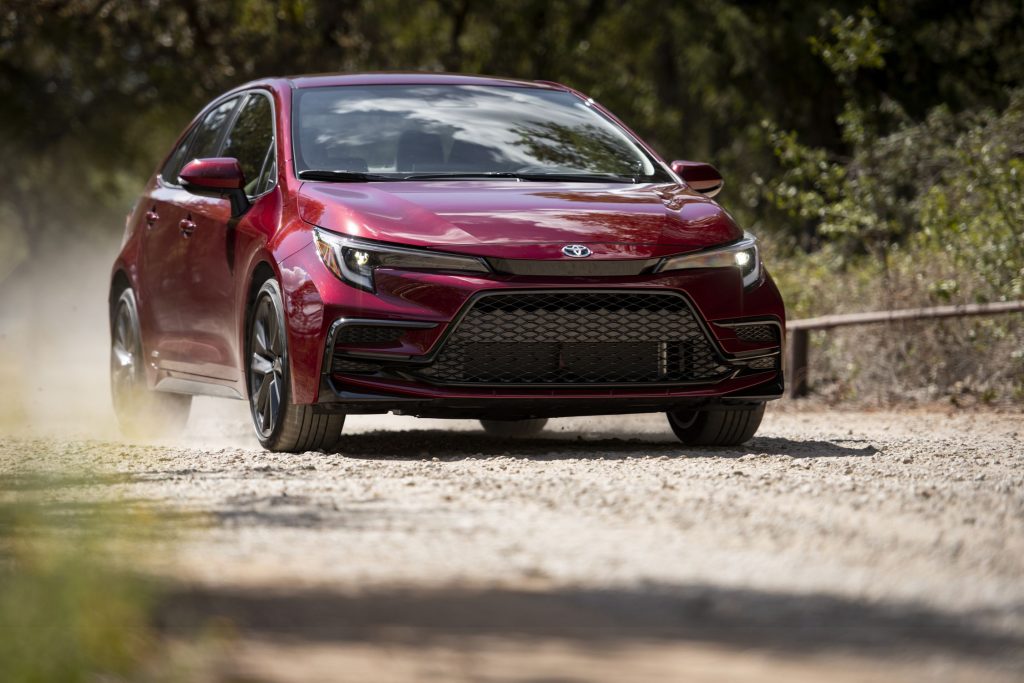Global Insights Hub
Stay updated with the latest trends and news from around the world.
Fuel Efficiency: The Unsung Hero of Your Wallet
Unlock hidden savings with fuel efficiency secrets that will boost your wallet and drive you further! Discover how today!
5 Simple Ways to Boost Your Vehicle's Fuel Efficiency
Boosting your vehicle's fuel efficiency doesn't have to be complicated. Here are 5 simple ways you can improve your gas mileage without breaking the bank:
- Maintain Proper Tire Pressure: Keeping your tires inflated to the recommended pressure can improve fuel efficiency by up to 3%. Check your tire pressure regularly and fill them to the manufacturer’s specifications. For more information, visit fueleconomy.gov.
- Perform Regular Maintenance: Scheduled maintenance like oil changes, air filter replacements, and spark plug checks can profoundly affect your vehicle's performance. A well-maintained car runs more efficiently. Check out Edmunds for more tips on vehicle maintenance.
- Reduce Idling: Turn off your engine if you're parked or waiting. Idling consumes fuel without moving your vehicle. Consider carpooling or combining trips to minimize idle times.
- Drive Smoothly: Avoid sudden accelerations and hard braking; these habits can decrease your fuel efficiency. When possible, use cruise control on the highway to maintain a constant speed.
- Use Air Conditioning Wisely: While using air conditioning can be more fuel-efficient at high speeds, it can also increase fuel consumption in stop-and-go traffic. Use your vehicle’s ventilation system instead when driving slowly.
By implementing these 5 simple ways to boost your vehicle's fuel efficiency, you not only save money at the pump but also contribute to a greener planet. For additional tips, look at resources from the EPA.

How Fuel Efficiency Can Save You Money: A Comprehensive Guide
In today's economy, understanding fuel efficiency is crucial for any vehicle owner looking to save money. Not only does better fuel efficiency lead to lower fuel costs, but it can also contribute to reduced emissions and a smaller carbon footprint. According to the U.S. Department of Energy, improving your vehicle's fuel efficiency by just a few miles per gallon can lead to significant savings over time. For instance, if you drive 15,000 miles a year and your car's fuel efficiency increases from 20 to 25 miles per gallon, you could save approximately $300 annually on gas prices. This increase in fuel efficiency not only helps your wallet but also decreases the frequency of visits to the gas station.
To maximize fuel efficiency, consider implementing these strategies:
- Regular maintenance: Keeping your engine well-tuned can significantly boost efficiency.
- Check tire pressure: Properly inflated tires reduce drag and improve mileage.
- Avoid excessive idling: Turn off your engine when parked to save fuel.
- Utilize cruise control on highways: Maintaining a steady speed can enhance fuel efficiency.
For more tips on improving your vehicle's fuel efficiency and saving money in the long run, visit Edmunds.
Is Fuel Efficiency the Key to Reducing Your Monthly Expenses?
In today's economy, finding ways to trim down monthly expenses is a priority for many households. One of the most effective strategies is to focus on fuel efficiency. Vehicles that boast higher miles per gallon (MPG) ratings not only help you save money at the pump but also contribute to a reduction in overall spending on car maintenance and repairs. According to a report from the U.S. Department of Energy, improved fuel efficiency can significantly decrease the total cost of vehicle ownership. By choosing fuel-efficient models or adopting practices such as regular maintenance and tire inflation, you can stretch your budget further.
Moreover, the benefits of fuel efficiency extend beyond personal savings—they also have a positive impact on the environment. Vehicles that consume less fuel emit fewer pollutants, which contributes to cleaner air and a healthier planet. Investing in fuel-efficient vehicles or adopting alternative methods of transportation, such as carpooling or biking, not only reduces your monthly expenses but also promotes sustainability. For more insights into how fuel-efficient vehicles can change your monthly budget, check out this informative piece from the Edmunds.